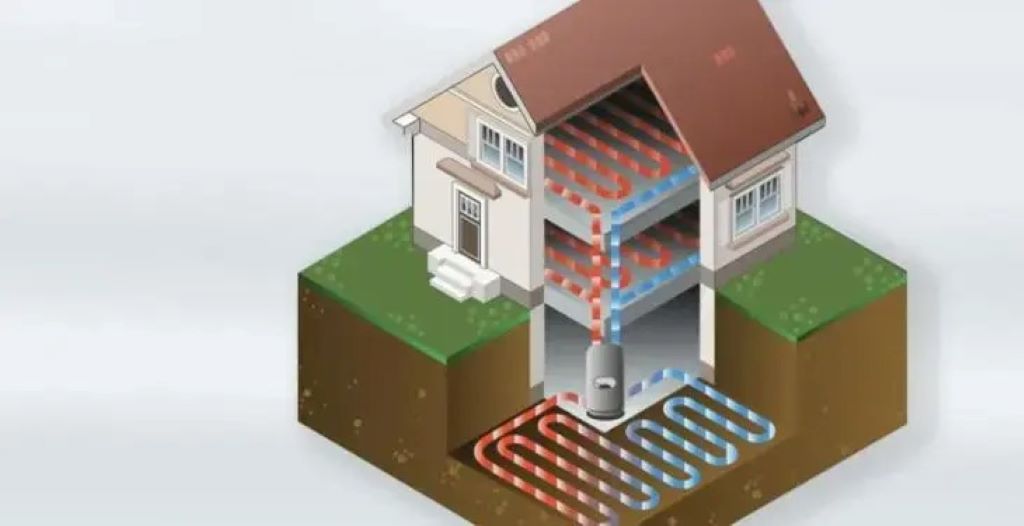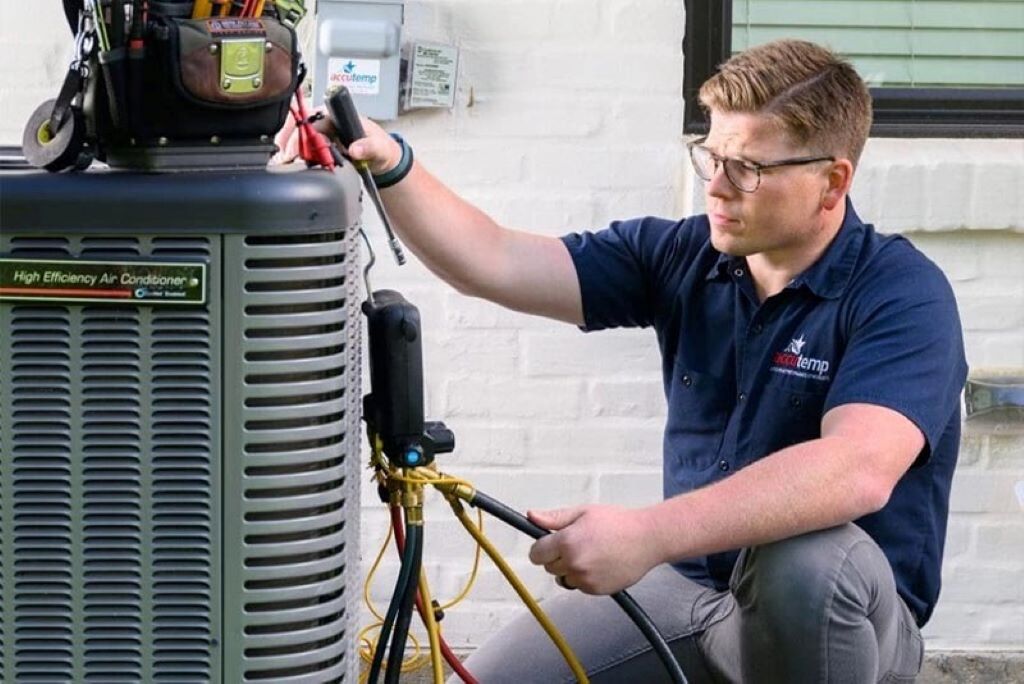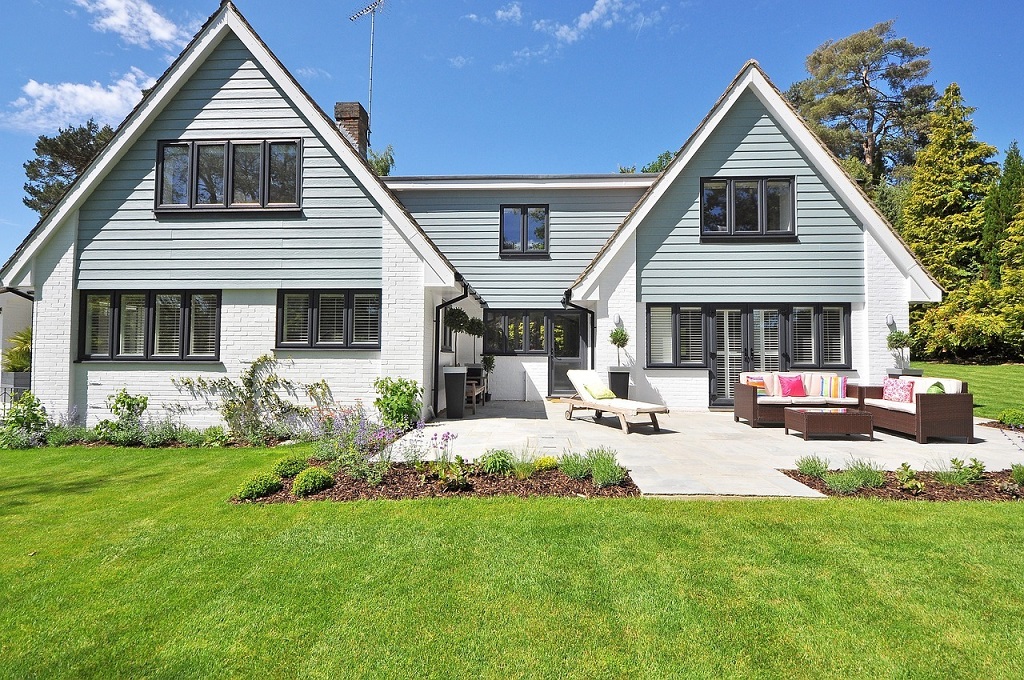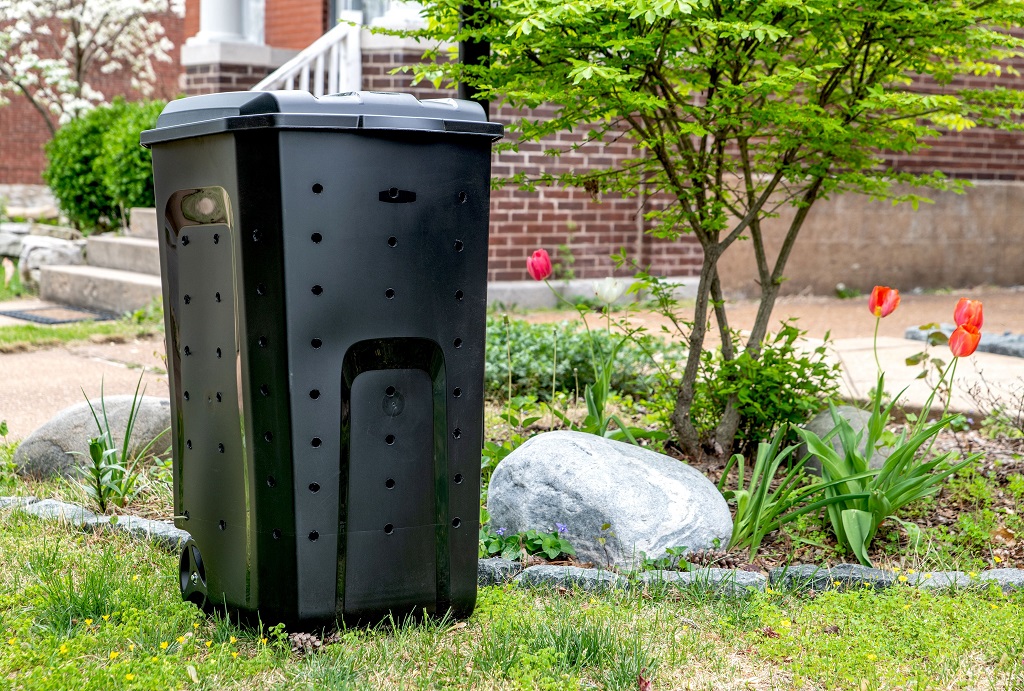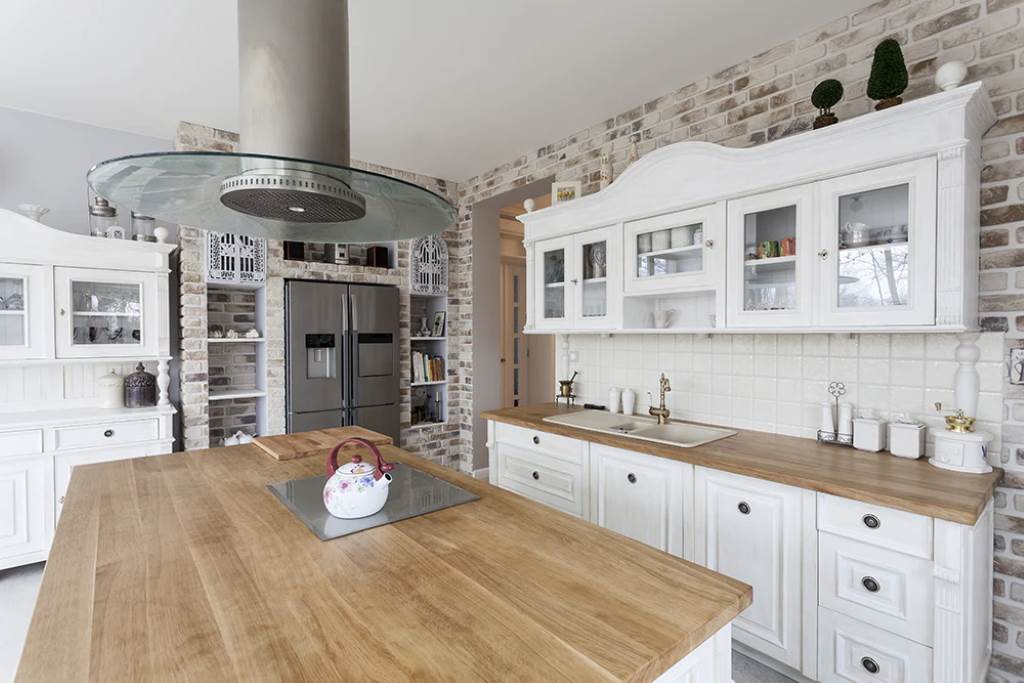Geothermal heat pumps grab attention for their energy efficiency and cost savings. They use the Earth’s constant temperature to heat and cool homes. This renewable energy source offers a sustainable alternative to fossil fuels. Curious about geothermal heat pump installation? This article covers the process, costs, benefits, and more. Let’s explore how these systems work and why they’re worth considering.
What Is a Geothermal Heat Pump?
Geothermal heat pumps tap into the Earth’s stable underground temperature. They move heat to warm or cool your home. Unlike air-source heat pumps, they rely on ground heat. This makes them more efficient in extreme climates. The system includes a heat pump unit, ground loop, and distribution system. These components work together to provide consistent climate control.
How Do Geothermal Heat Pumps Work?
Geothermal systems use a ground loop to exchange heat. Pipes filled with a water-glycol solution or liquid antifreeze solution circulate underground. These pipes absorb thermal energy from the Earth’s surface. In winter, the heat exchanger pulls warmth from the ground. In summer, it releases heat back into the ground. The blower assembly and air handling system distribute conditioned air through ducts. This process ensures efficient heating and cooling.
Types of Geothermal Heat Pump Systems
Geothermal heat pumps come in various configurations. Each suits different landscapes and needs. Here are the main types:
Closed-Loop Systems
Closed-loop systems dominate most installations. They use sealed underground pipes to circulate fluid. Horizontal loops spread pipes across a large area. They suit properties with ample land. Vertical loops use deep vertical wells. These fit smaller lots or areas with rocky ground conditions. Pond/lake loops submerge pipes in water bodies. They’re cost-effective where ponds are available.
Open-Loop Systems
Open-loop systems draw water from a well or pond. They pump it through the system and return it to the source. These systems work well with clean water sources. However, they require more maintenance than closed-loop systems. Local geology and permitting processes impact feasibility.
Direct Exchange Systems
Direct exchange systems use copper tubing instead of plastic pipes. Refrigerant flows directly through the ground loop. This boosts thermal efficiency but raises installation costs. These systems suit specific geological conditions.
Benefits of Geothermal Heat Pump Installation
Geothermal systems offer many advantages. They cut energy bills and reduce carbon footprints. Here’s why homeowners choose them:
- Cost Savings: Geothermal systems lower heating and cooling costs. Long-term energy savings offset initial expenses.
- Efficiency: They use the Earth’s constant 58-degree temperature. This ensures consistent performance year-round.
- Eco-Friendly: They reduce reliance on fossil fuels. This shrinks your environmental impact.
- Durability: Geothermal ground loops last decades. The heat pump unit lasts about 20 years.
- Tax Incentives: Federal tax credits and state incentives, like NY State or MassSave, reduce costs.
Geothermal Heat Pump Installation Process
Installing a geothermal system involves several steps. Each requires planning and expertise. Here’s a breakdown:
Step 1: Site Assessment
A geothermal installer evaluates your property. They check ground conditions, local geology, and space. A Manual J calculation determines your home’s heating and cooling needs. This ensures proper system sizing.
Step 2: Permitting and Approvals
Local building code requirements and zoning approvals apply. A permitting application ensures compliance. Some areas, like North Carolina, have specific regulations. Work with energy advisors to streamline this process.
Step 3: Ground Loop Installation
The installer digs trenches or drills wells. Horizontal systems require wide, shallow trenches. Vertical systems need deep boreholes. Pond/lake systems place pipes underwater. The ground loop piping connects to the heat pump.
Step 4: Heat Pump and Distribution System Setup
The heat pump unit connects to the ground loop. The air distribution system ties into existing ducts or a new duct system. A pumping module circulates the water-glycol solution. Technicians test for short cycling to ensure efficiency.
Step 5: Final Testing and Calibration
The system undergoes rigorous testing. Technicians check refrigerant coils, thermal energy storage, and blower assembly. ENERGY STAR certification ensures top performance. The system starts delivering climate control.
Installation Costs and Financial Incentives
Geothermal heat pump installation costs vary. On average, expect $10,000 to $30,000. Factors include system type, property size, and geological conditions. Horizontal systems cost less than vertical ones. Direct exchange systems may cost more due to copper tubing.
Federal tax credits, like Form 6595, offset costs. Some states offer additional incentives. For example, NY State Incentive programs or MassSave geothermal incentives help. Check with local energy advisors for accurate cost estimates.
Challenges of Geothermal Installation
Geothermal systems face some hurdles. High upfront costs deter some homeowners. Installation disrupts landscapes, especially for horizontal ground loops. Local geology, like dirt and rock, affects feasibility. Permitting processes can delay projects. Open-loop systems require clean water sources. Maintenance, like checking the cooling tower, adds to long-term care.
Comparing Geothermal to Other Systems
Geothermal heat pumps outperform air-source heat pumps in efficiency. They use less energy than traditional HVAC systems. Unlike VRF ductless products, they integrate with existing duct systems. Solar panels complement geothermal systems for added savings. However, geothermal systems require more upfront investment than air-source options.
Choosing a Geothermal Installer
Pick a qualified geothermal installer. Look for experience with geothermal ground loops and heat exchanger systems. Companies like Bowman Mechanical Services specialize in geothermal HVAC. Check reviews and certifications. Ensure they understand local building code requirements and permitting processes.
Maintenance and Longevity
Geothermal systems need minimal maintenance. Ground loops last 50+ years. The heat pump unit lasts about 20 years. Regular checks on the pumping module and refrigerant loop prevent issues. Backup heat systems ensure reliability during extreme weather.
Real-World Applications
Geothermal systems shine in diverse settings. Google’s X Lab explored geothermal for sustainable buildings. Con Edison promotes geothermal in urban areas. The Building Technologies Office supports research for cost efficiency. Homeowners in North Carolina and beyond embrace these systems for savings.
FAQs
What Is the Cost of Installing a Geothermal Heat Pump?
Installation costs range from $10,000 to $30,000. Costs depend on system type and property size. Federal tax credits and state incentives reduce expenses.
How Long Does Geothermal Installation Take?
Installation takes 1–2 weeks. Site assessment, permitting, and ground loop installation affect timelines. Experienced installers speed up the process.
Are Geothermal Heat Pumps Worth the Investment?
Yes, they cut energy bills by up to 50%. Long-term savings and tax incentives offset upfront costs. They’re eco-friendly and durable.
What Are the Environmental Benefits of Geothermal Systems?
Geothermal systems reduce carbon footprints. They use renewable energy, cutting fossil fuel reliance. This lowers greenhouse gas emissions.
Can Geothermal Systems Work in Any Climate?
Yes, they work in all climates. The Earth’s constant temperature ensures efficiency. Backup heat handles extreme conditions.
Conclusion
Geothermal heat pump installation offers a smart, sustainable solution. It cuts costs and boosts efficiency. The process requires planning and investment. Yet, the benefits outweigh the challenges. Ready to explore geothermal for your home? Contact a local geothermal installer for a cost estimate today.
Start your journey to energy savings! Reach out to a certified geothermal installer now.
References:
- U.S. Department of Energy: https://www.energy.gov/energysaver/geothermal-heat-pumps
- ENERGY STAR Geothermal Guide: https://www.energystar.gov/products/geothermal_heat_pumps
- IRS Tax Credit Form 6595: https://www.irs.gov/forms-pubs/about-form-5695
- NY State Energy Incentives: https://www.nyserda.ny.gov/All-Programs/Residential-Programs/Geothermal
- MassSave Geothermal Rebates: https://www.masssave.com/en/saving/residential-rebates/geothermal
Read More:

